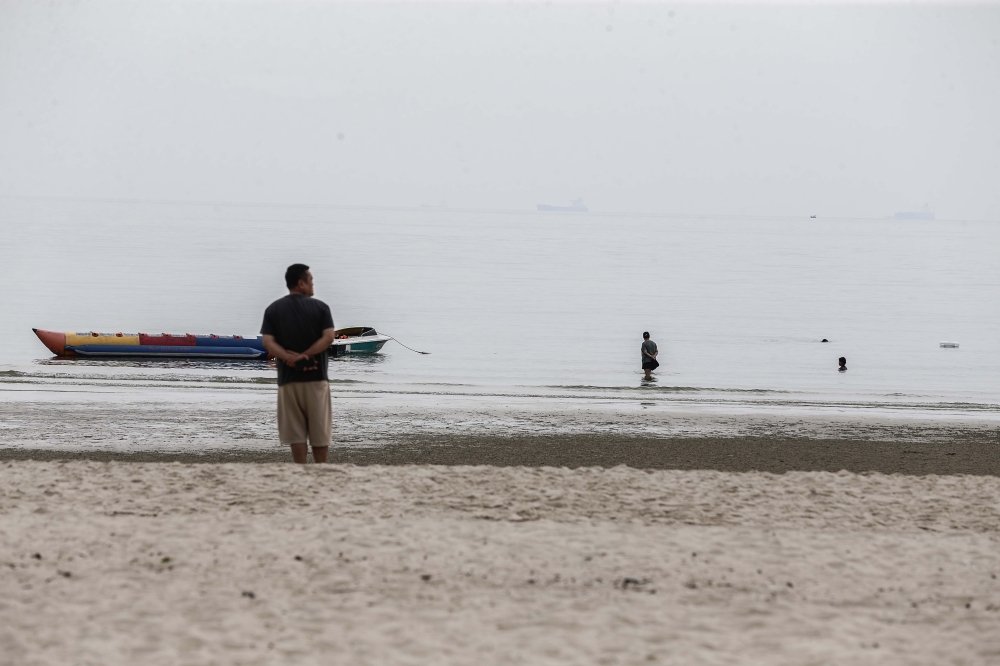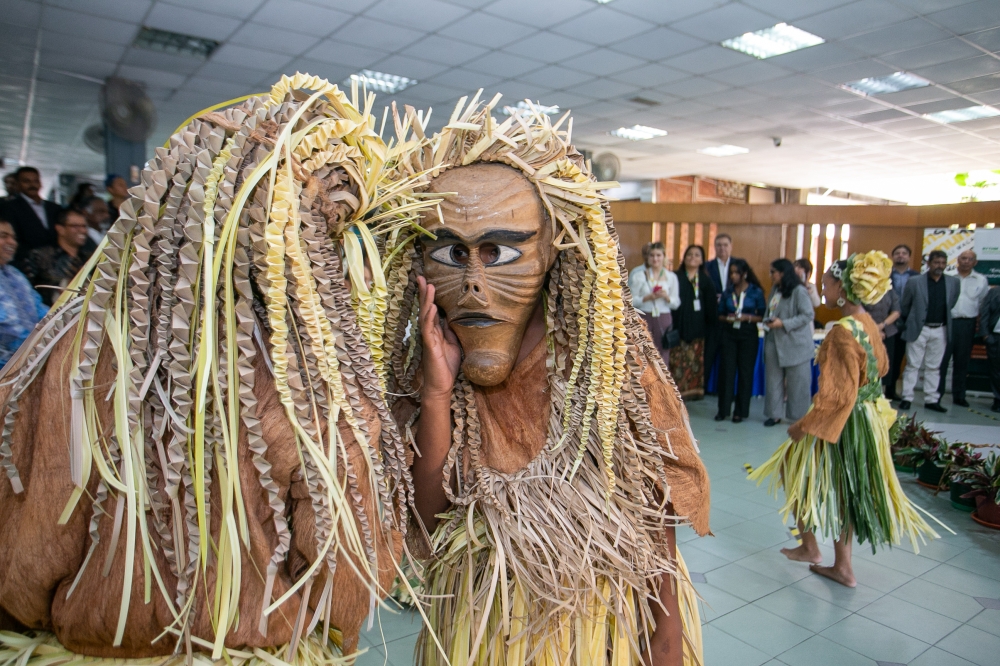JULY 5 — "I can’t do this anymore.” “Patients keep deteriorating while admissions simultaneously pour in.” “There is just not enough time and staff.” “We left work at 1am yesterday when our shift ends at 8pm. Again.”
My colleague crumples, her eyes well up with tears. And she is not alone in feeling this way. None of us can constantly function at full capacity, but when we’re pressured to, what you get is burnout. A deadening of emotion, a feeling of detachment.
A majority of contract Medical Officers (MO) are placed in Covid-19 teams. Since early April 2021, the MOs nationwide have been stretched thin.
The number of Covid-19 cases has been rising rapidly since March 29. The current third wave which started on September 8, 2020 dipped to its lowest on March 29 but due to failure to comply to SOPs among other various reasons, the number of cases steadily climbed back up and exceeded the previous peak at 4,571 new cases a day.
To date, the record was 9,020 new cases and 76,218 active cases on May 29, 2021.
At my current workplace, new halls have opened but with the same volume of workforce is at our disposal since March.
We recently received slightly more staff but our workload simultaneously increased exponentially with the rising number of Category 3-5 patients and the care/attention they require.
Our maximum available beds are approximately 6,000 and there is only an average of 55 MOs per shift. That makes for a ratio of 1 MO to 109 patients per day if we reach 100 per cent capacity (which has happened many times).
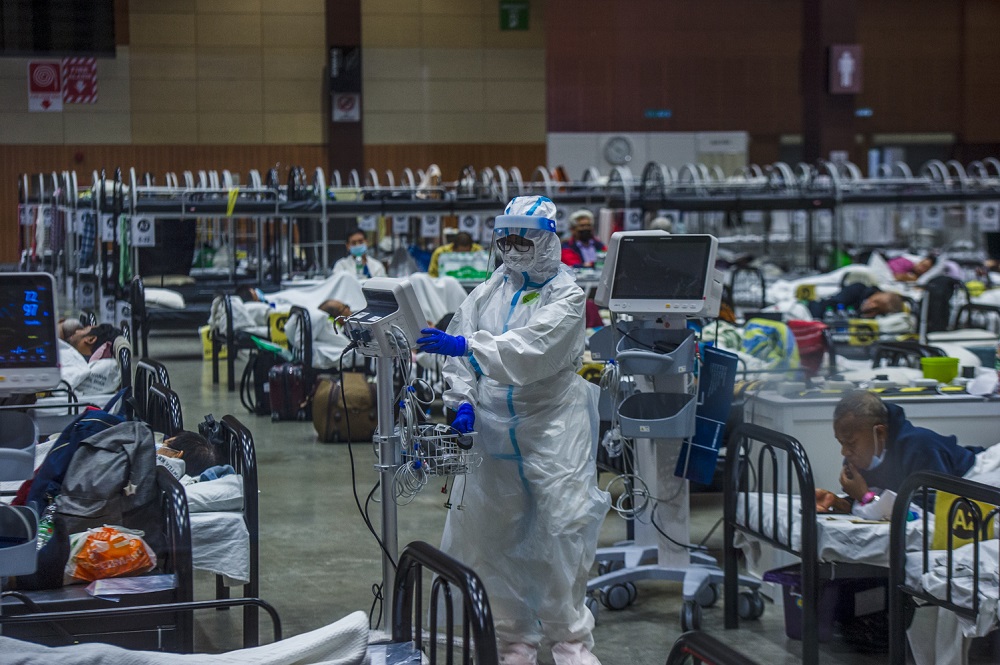
On multiple occasions, we have exceeded our maximum bed count even and patients have had to sleep on canvas beds and even the floor overnight.
This has been happening in many hospitals in the Klang Valley and yet it is evident by the number of cars seen on the road daily despite lockdown that the public does not understand the gravity of this dire situation.
I implore the public to stay home unless absolutely necessary. Otherwise, we will never flatten the curve.
It is understandable that due to the rapid rise in Covid-19 cases in Malaysia, every healthcare facility is struggling to stay afloat.
However, with this doctor-to-patient ratio, compromise in patient care and exposure to medical errors is inevitable. We have had some code blues in the last two months, when prior to May since opening in November we have had none.
No one can say for sure if it was due to lack of staff resulting in less than ideal patient monitorings. However, one study by Z. Or demonstrates a 10 per cent increase in doctors per 1,000 population could result in a four per cent reduction in premature mortality in women and three per cent in men.[1]
Patient care also suffers in other ways when a doctor is exhausted, emotionally detached: there is a lack of connection, a sense of being cared for, of being heard.
When patients tell us their concerns, we feel... nothing. When they collapse, there are no tears or heartbreak. When we have to gently explain the situation to their loved ones, we desperately hope they cannot detect the emptiness behind our words.
In addition to the above, we work up to 12 arduous hours in stuffy hot PPE wherein we cannot even have a sip of water or go to the toilet throughout the entire duration.
Picture doing this on a daily basis at least half the days in a month and you get a peek into a contract MO’s life.
In contrast, WHO recommends that N95 masks be worn for preferably only four hours, which is approximately the median healthcare worker tolerance time.[2][3]
However, this is not feasible with our current patient load. Increasing the number of times PPEs have to be removed/ doffed also significantly increases chances of us contaminating ourselves.
At the time of writing, seven MOs at my workplace have ongoing active Covid-19 infections, which undoubtedly may be due to our long hours of exposure to Covid-19 patients every single day.
To repay us for working long hours in the day and throughout the night for the past year, putting not only our own lives but also those of our loved ones at risk, all while having no job security and uncertainty for our future with no clear pathway to specialise, our on-call claims which amount to roughly RM1,000 a month that were previously promised to us have been unpaid since January 2021 up to now.
To some this amount may be little but to others who could be the sole breadwinner of their family, especially during these trying times where businesses are grappling to make ends meet, this amount is everything.
The heavily discussed but not amended issue of medical officers on contract burdens us daily. Many of us are nearing the end of our contract this year or next.
All of this makes for very low morale on top of already being burnt out. The risk of major depressive disorder is greater when the level of burnout is more severe.
On a daily basis, many of our colleagues fall sick or cannot bring themselves to get out of bed and face yet another distressing day at work, leaving those present with an even more daunting workload.
Yet the answer, we are told, is resilience. Fix the doctors, get them to manage the workload. The fact that the workload is not manageable is not addressed. The management has provided counseling and psychology services, but unfortunately that does little to nothing to solve the above issues.
While everyone is focused on the Covid-19 pandemic, other departments such as orthopaedics, general surgery etc have been languishing with understaffed clinics and an increased number of on-calls per month.
A majority of these departments are also made up of contract MOs who have to sacrifice quality time spent on their own well-being and family.
Many say this is part and parcel of a doctor’s life, that we signed up for this. It is Third World mentality to think we should not strive for constant improvement and progression, to enable production of more specialists and consultants resulting in better work-life balance and greater patient outcomes.
There needs to be a strong support framework for doctors so that we can cope with burnout and enhance our will to persevere in our career.
While we are tirelessly taking care of patients, who is taking care of us?
References
1. Or Z. Determinants of health outcomes in industrialised countries: a pooled cross country time series analysis. OECD Econ Surveys 2000; 30: 53-75
2. World Health Organization (2020). Rational use of personal protective equipment (PPE) for coronavirus disease (COVID-19): interim guidance. WHO/2019-nCoV/IPC PPE_use/2020.2
3. T M Cook. Personal protective equipment during the COVID -19 pandemic - a narrative review. doi: 10.1111/anae.15071
* This is the personal opinion of the writer or publication and does not necessarily represent the views of Malay Mail.


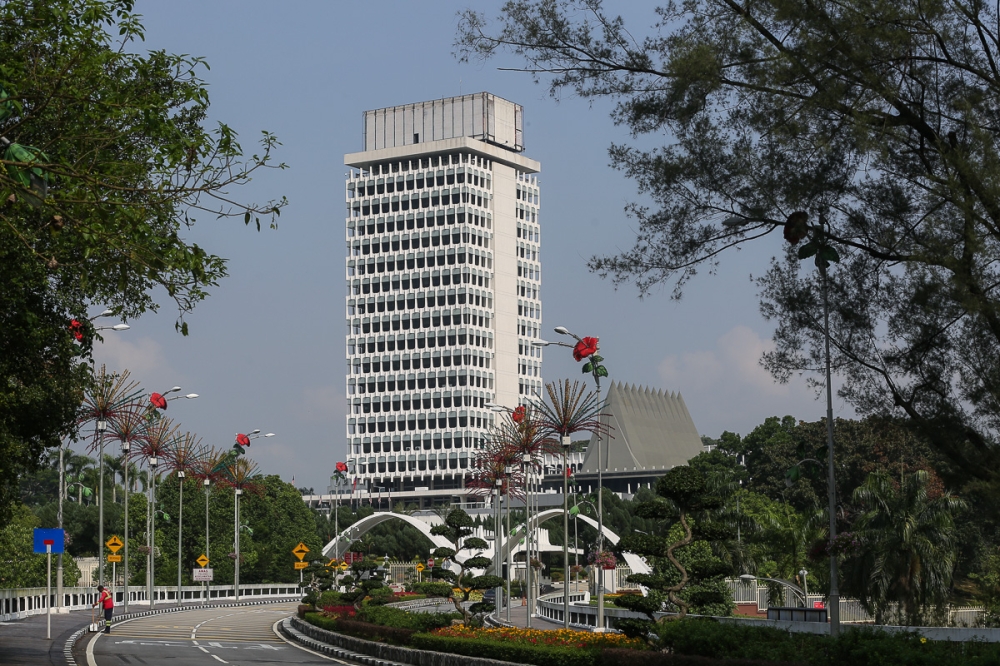


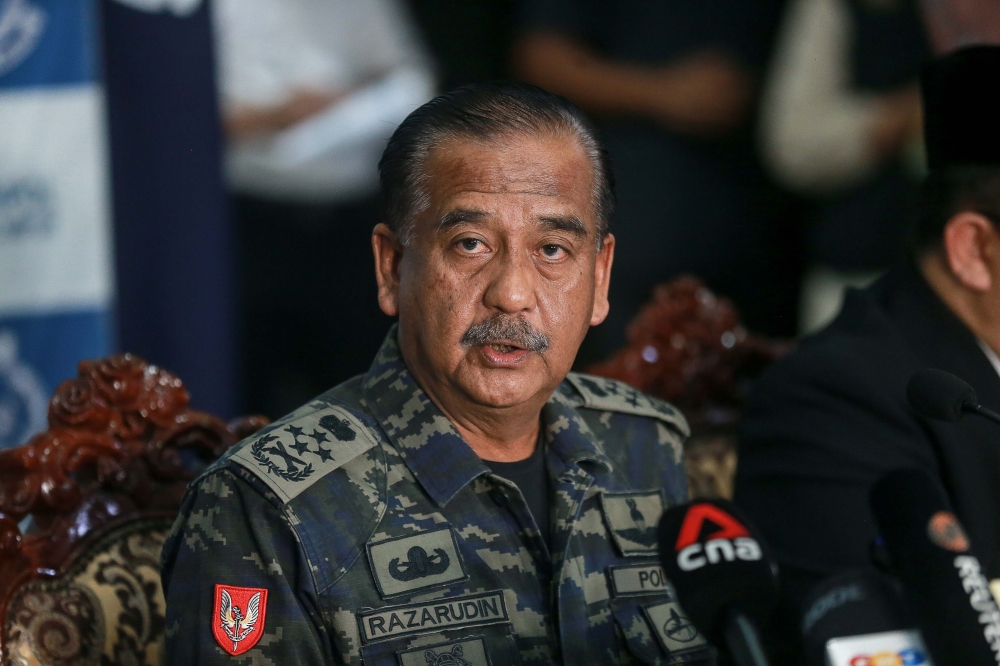










![In the celebrated case of Datuk Haji Harun bin Haji Idris v Public Prosecutor [1977] 2 MLJ 155, one of the issues raised was that Section 418 of the Criminal Procedure Code (under the provisions of which the case was transferred from the subordinate court to the High Court for trial) was inconsistent with Article 8 of the Federal Constitution and therefore void by virtue of Article 4. — Reuters file pic In the celebrated case of Datuk Haji Harun bin Haji Idris v Public Prosecutor [1977] 2 MLJ 155, one of the issues raised was that Section 418 of the Criminal Procedure Code (under the provisions of which the case was transferred from the subordinate court to the High Court for trial) was inconsistent with Article 8 of the Federal Constitution and therefore void by virtue of Article 4. — Reuters file pic](https://www.malaymail.com/malaymail/uploads/images/2024/11/05/243346.jpg)
